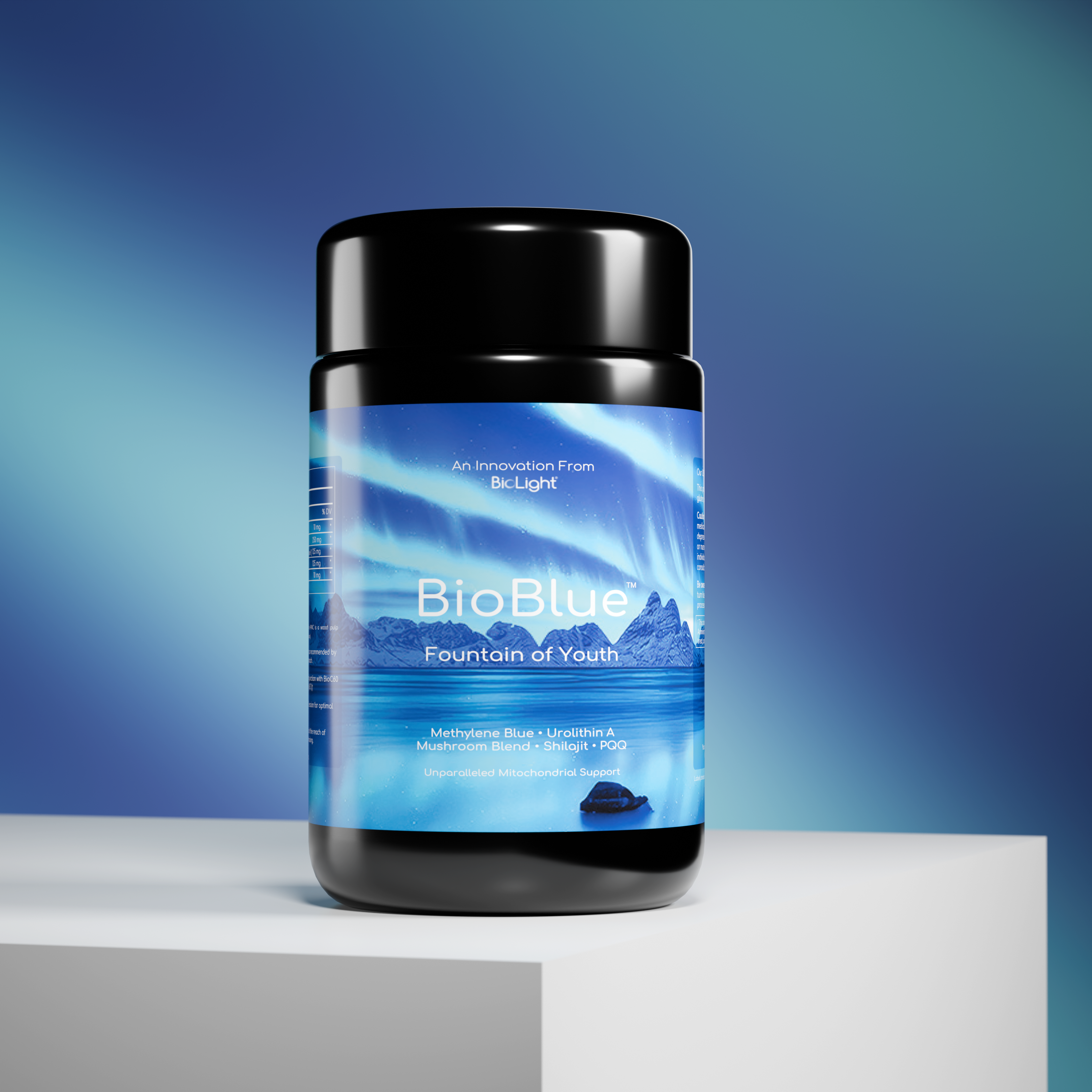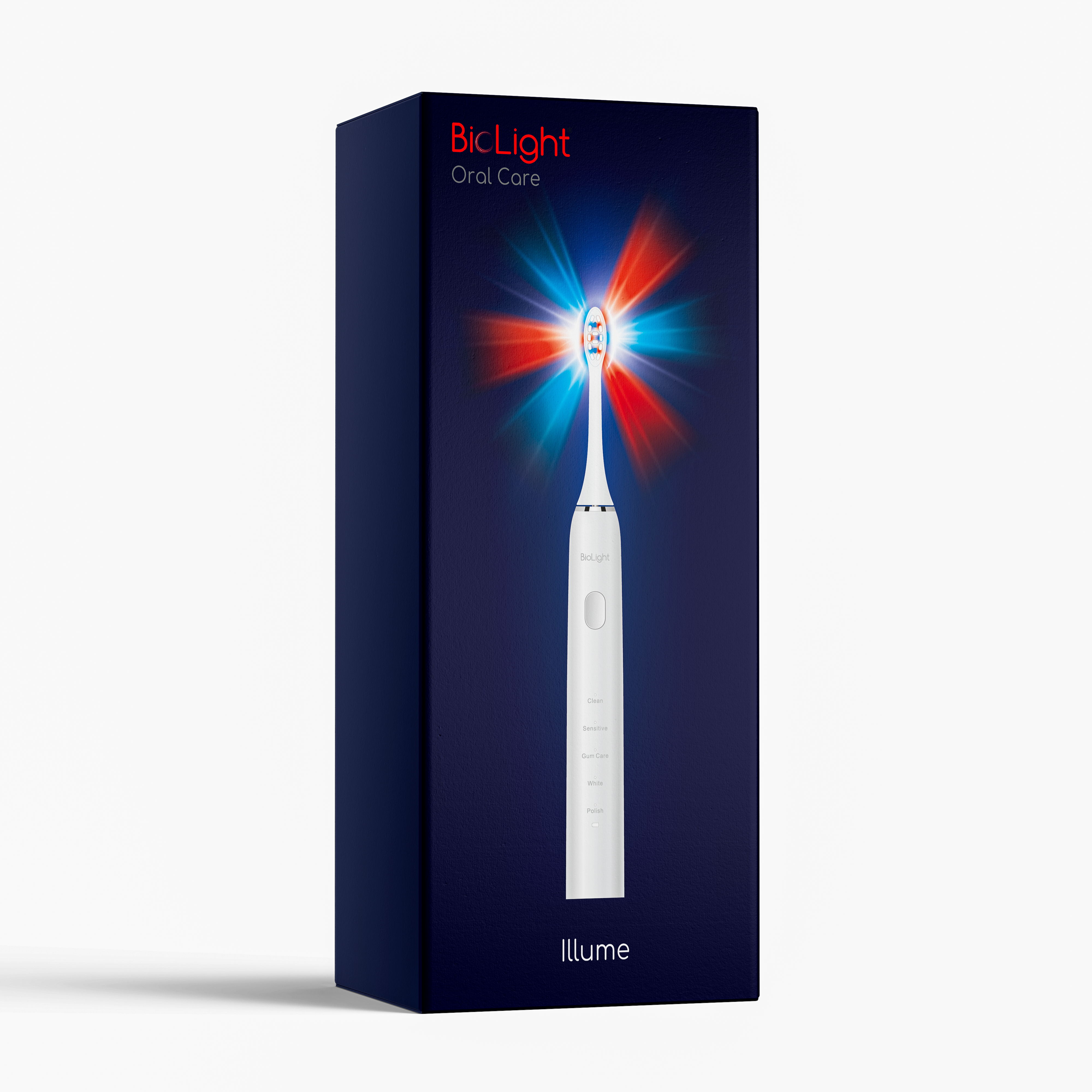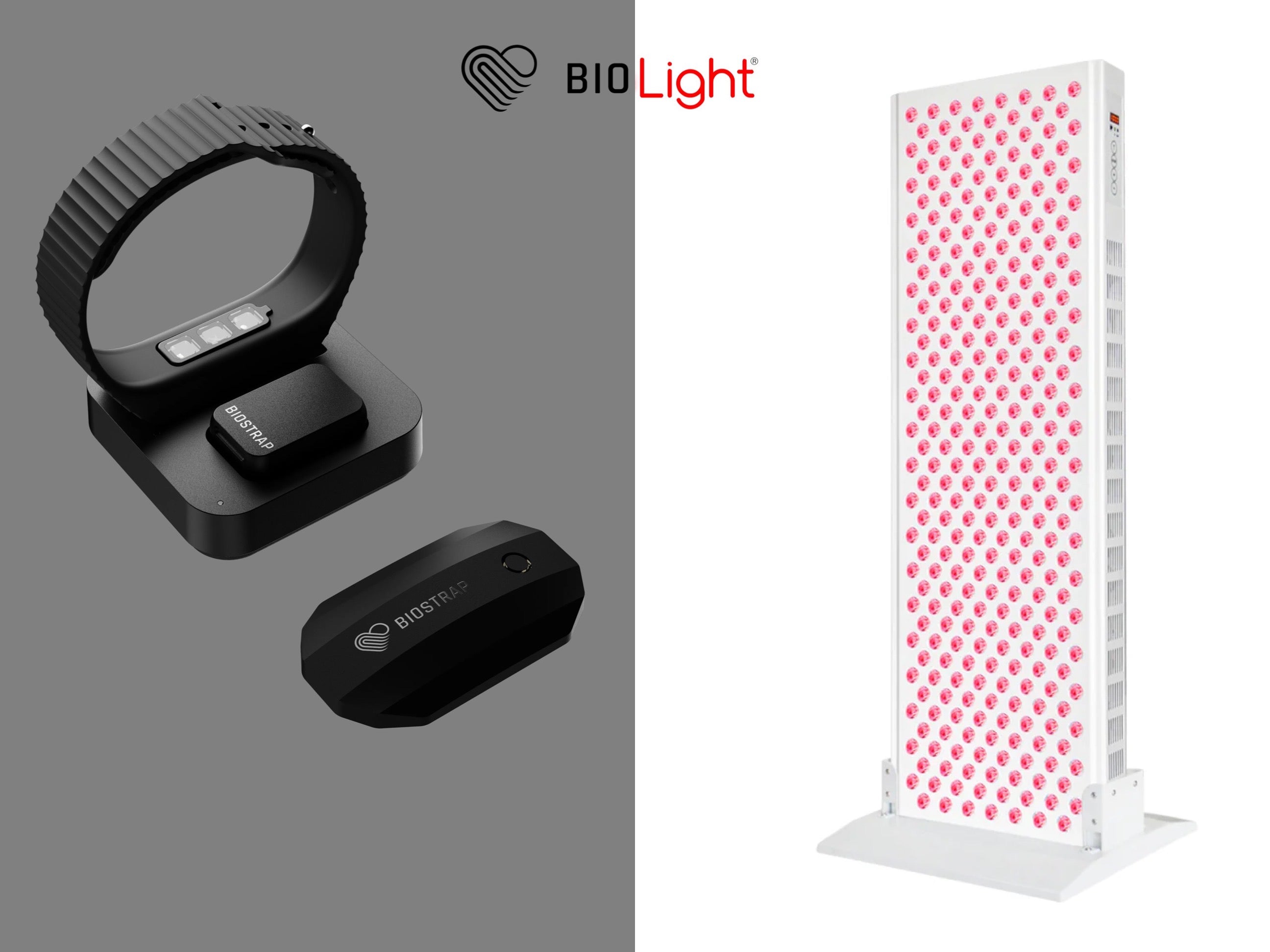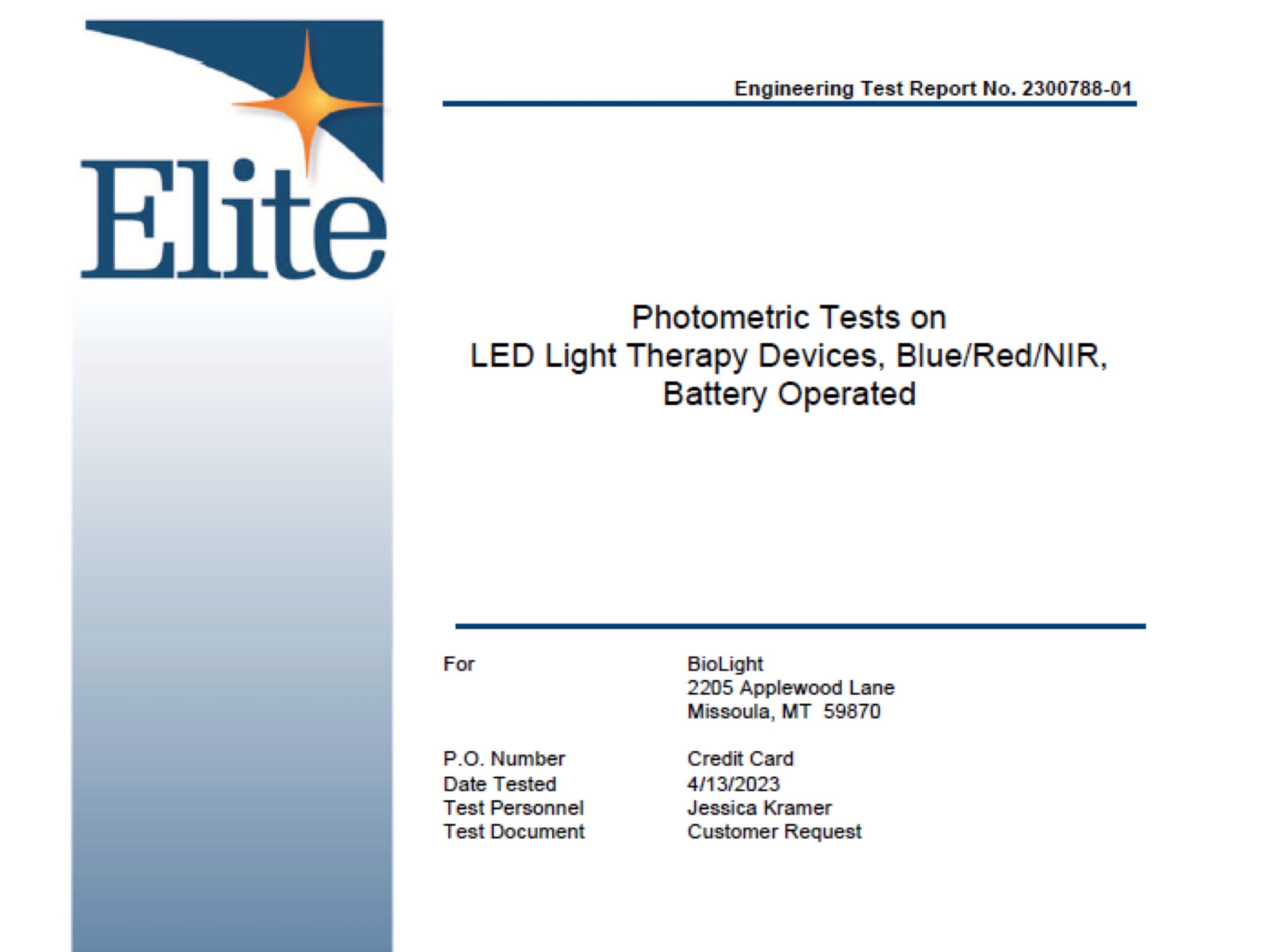Neuroprotection is a crucial aspect of treating and preventing neurodegenerative diseases. Methylene blue, a compound with extensive medical applications, has shown significant neuroprotective properties. Understanding the mechanisms behind methylene blue’s neuroprotective effects can provide insights into its potential therapeutic uses. This blog delves into the science behind methylene blue's neuroprotective benefits.
How Methylene Blue Provides Neuroprotection
Methylene blue offers neuroprotection through several mechanisms, making it a promising candidate for treating neurodegenerative diseases.
Enhancing Mitochondrial Function
Mitochondrial dysfunction is a common feature of many neurodegenerative diseases. Methylene blue enhances mitochondrial function by improving cellular energy production and reducing neurodegeneration. Research in Journal of Biological Chemistry supports that methylene blue helps maintain mitochondrial health, thereby protecting brain cells from damage.
Reducing Oxidative Stress
Oxidative stress leads to cellular damage and is a significant factor in neurodegenerative diseases. Methylene blue acts as a potent antioxidant, reducing oxidative stress and protecting neurons. According to a study published in The Journal of Neuroscience, methylene blue’s antioxidant properties are crucial in mitigating oxidative damage in brain cells.
Inhibiting Protein Aggregation
Protein aggregation, such as the accumulation of tau proteins and amyloid plaques, is a hallmark of neurodegenerative diseases like Alzheimer's. Methylene blue inhibits the aggregation of these proteins, potentially slowing disease progression. Research in Journal of Biological Chemistry indicates that methylene blue effectively reduces protein aggregation in the brain.
Practical Applications in Neuroprotection
The neuroprotective benefits of methylene blue can be harnessed through careful application and monitoring.
Dosage and Administration
Determining the correct dosage is crucial for maximizing neuroprotective benefits. Start with a low dose and adjust based on your response, always under professional supervision.
Monitoring and Adjustments
Regularly monitor cognitive function and overall brain health. Adjust methylene blue usage based on these observations to ensure optimal neuroprotective effects.
Advancing Neuroprotection with Methylene Blue
Methylene blue offers significant promise in neuroprotection by enhancing mitochondrial function, reducing oxidative stress, and inhibiting protein aggregation. As research continues to unfold, methylene blue may become a key component in strategies to prevent and treat neurodegenerative diseases, offering hope for improved cognitive health and quality of life.















